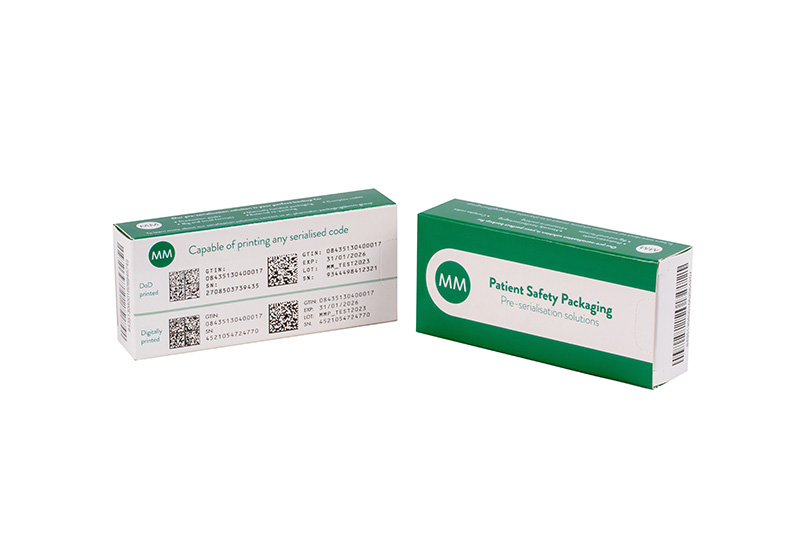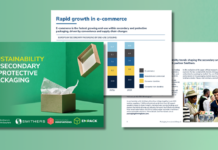By Phillip Allen, technical account manager, MM Packaging Pharma & HC BU
IN today’s fast-paced global pharmaceutical sector, ensuring patient safety and the authenticity of drugs and medicinal products is more critical than ever. One of the most prominent ways to safeguard patient safety is ensuring only genuine drug products reach the patient, using advanced coding technology. Further fuelling the demand for coding, this technology is increasingly mandated across markets to combat the growing threat of counterfeit medicines.
Serialisation assigns a unique traceable code to each unit of a pharmaceutical product. This coding turns each individual pack into a node of data that can be verified for authenticity, tracked and traced on its journey from the warehouse to the pharmacy or patient.
The process typically involves standard coding structures that contain alpha-numeric, 1D and 2D barcodes. These unique identifiers provide more detailed information about the product, including its origin, manufacturing journey, batch reference, and expiration date.
For years, the pharmaceutical supply chain has collaborated on serialisation to ensure a consistent approach known as the GS1 standards. By adhering to these standardised coding systems, the pharma industry can ensure more efficient and accurate tracking, which not only combats counterfeiting with instant product authentication but also facilitates efficient recalls and ensures compliance with national and international regulatory requirements. This level of traceability is vital for maintaining the integrity of the pharmaceutical supply chain and safeguarding patient safety.
However, pharma supply chains are becoming more complex, particularly for those businesses operating across multiple geographical markets. The process of integrating serialisation and managing it effectively can be daunting, especially when it involves managing complex codes.
So, how do we make the supply chain work more efficiently? With a packaging partner like our team at MM Packaging, serialisation can be seamless and efficient. Our expertise and advanced technologies enable us to offer pre-serialisation on our own lines rather than the customers’ lines, letting us print the codes either a first option or as a backup if needed.
This can become invaluable if the codes required are different to those that are standardised on the customer’s lines, if the code is positioned differently to on their standard packaging lines, or if achieving the required grading is not possible with their available technology.
This approach simplifies the serialisation process by conducting it at the same the time that the packaging is being created, significantly reducing complexity for the customer.
In addition to serialisation on our own lines, we are proud to offer our customers the option of using our Clear Code technology. Clear Code is a coating that offers an alternative code imaging process to established print and laser ablation methods. This next-generation system employs a proprietary colour-changing technology, imaged using the lasers often found on pharma packaging lines, such as CO2 lasers, to cost-effectively create high-contrast readable codes on the pharmaceutical packaging we produce. Clear Code exemplifies how we are making serialisation more future-ready. Using this technology rewrites the typical rules of coding and offers several advantages over traditional coding methods. The result is pin-precise imaging on a robust coating, tailored to Optical Character Recognition (OCR) tools.
In addition to reduction in maintenance, downtime and consumables costs, one of the biggest advantages is the minimal dwell time, which creates significantly faster line speed. Durability is also enhanced, with coding that is scuff and smudge-resistant, and doesn’t degrade in heat or humidity, ensuring readability throughout the product’s lifecycle.
Clear Code also negates debris contamination, which can be a significant challenge with typical laser ablation. The technology is compatible with a wide range of pharmaceutical supply chain processes, including cold storage and cryogenic environments.
By rethinking how coding is applied, we’re able to help our pharma customers get to market more quickly and strengthen the surety of supply – both crucial in protecting the pharma industry over the long term. At MM Packaging, we understand our customers’ needs now and for the future and know that serialisation shouldn’t be a source of headaches for pharma businesses, it should be a straightforward part of the packaging workflow.














